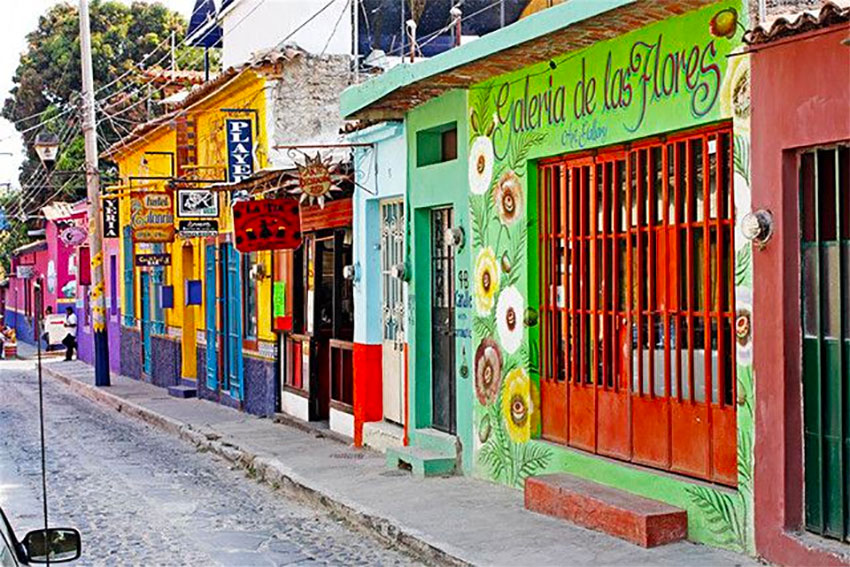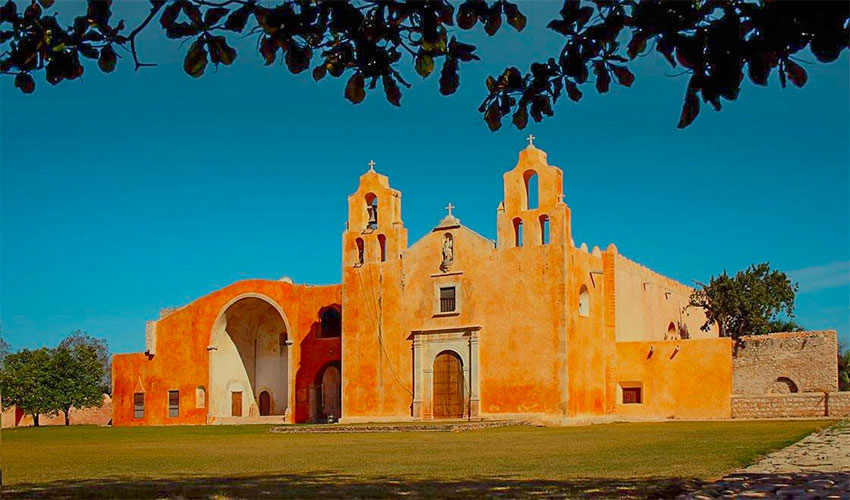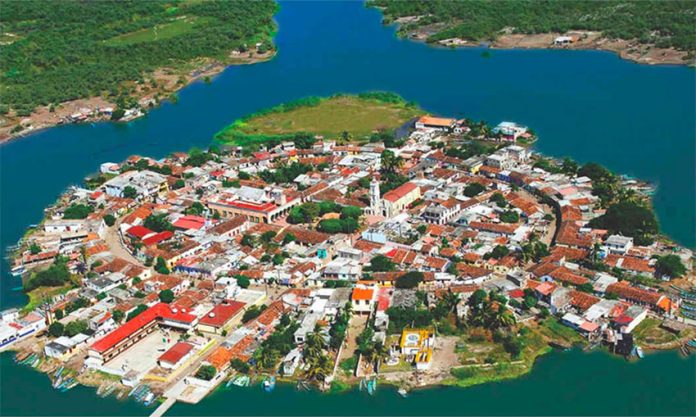The lakeside community of Ajijic, Jalisco, and the small port of Sisal, Yucatán, are among 11 new “Magical Towns” announced Tuesday by the federal Tourism Ministry.
The other nine new Pueblos Mágicos are Isla Aguada, Campeche; Maní, Yucatán; Mexcaltitán, Nayarit; Paracho, Michoacán; Santa Catarina Juquila, Oaxaca; Santa María del Río, San Luis Potosí; Tetela de Ocampo, Puebla; Tonatico, México state; and Zempoala, Hidalgo.
The 11 destinations join 121 existing Magical Towns that are part of a tourism promotion program that began in 2001 as a way to diversify marketing efforts that had long focused on Mexico’s coastal resort cities.
• Located south of Guadalajara on the banks of Lake Chapala, Ajijic has a population of around 10,000 people, a large number of whom are retired expats from the United States and Canada. The town has a lakeside malecón, or promenade, a well-maintained central square, cobblestone streets and several art galleries among other attractions.
• Sisal is located about 70 kilometers northwest of Mérida on the Gulf of Mexico coast. Formerly Yucatán’s main port, it is now a sleepy beach town with fewer than 2,000 residents. The town’s name comes from the Sisal plant, a species of agave that yields a sturdy fiber that was once shipped abroad from the Yucatán port. Sisal, the town, has a fort, pier and an abundance of mangroves that can be visited on a tour with a local guide.

• Part of an archipelago of islands in the neighboring state of Campeche, Isla Aguada is located 40 kilometers northeast of Ciudad del Carmen between the Laguna de Términos tidal lagoon and the Gulf of Mexico. Best known for its unspoiled beaches, Isla Aguada has abundant birdlife and a century-old lighthouse that has been converted into a museum.
• Back in Yucatán, Maní is a small city about 90 kilometers south of Mérida. Inhabited by the indigenous Mayan people for thousands of years, the newly-minted Pueblo Mágico has a 16th-century church and convent. Uxmal, one of the Yucatán Peninsula’s most impressive archaeological sites, is located less than a hour’s drive to the west.
• Mexcaltitán, which was named a Pueblo Mágico in the first year of the program but lost the designation in 2009, is magical once again. Located on an oval-shaped manmade island on the Laguna Grande de Mexcaltitán, the town is visually striking, especially when seen in photographs taken from a bird eye’s view.
Richard Zarkin, public relations manager for the Riviera Nayarit Convention and Visitors Bureau, recently said of Mexcaltitán: “This beautiful island is known for its charming calmness, its preserved architecture made up of a mosaic of picturesque houses with tile roofs, and its preserved regional culture, ethnic customs, and its unique Nayarit dishes, all of which are a true representation of the cultural wealth in its home state.”
• The guitar making hub of Paracho, located about 120 kilometers west of Michoacán capital Morelia, is the sixth new town on the Pueblos Mágicos list. Full of shops that sell handmade guitars and other stringed instruments, Paracho’s fame as a hub of talented luthiers was enhanced by the animated Day of the Dead-inspired Disney-Pixar film Coco because an artisan who trained there was responsible for the design of the main characters’s white guitar.
• Inland from the Oaxaca resort town of Puerto Escondido is Santa Catarina Juquila, a town of about 6,000 people best known for its church. The Santuario de Nuestra Señora Imaculada de Juquila (Shrine of Our Immaculate Lady of Juquila) houses a small statue of the Juquila virgin, which has been venerated for hundreds of years. As a result, the church is a popular destination for Catholic pilgrims.

• Situated south of San Luis Potosís city, Santa María del Río is famous for its silk rebozos, scarf-like garments commonly worn by Mexican women on Independence Day. Apart from plenty of places to purchase rebozos, Santa María is popular with visitors for its typical cuisine and pretty historical center.
• In the northern Sierra mountains of Puebla is Tetela de Ocampo, another new inclusion on the Magical Towns list. Ringed by verdant mountains, Tetela was founded by the Chichimeca people about 300 years before the arrival of the Spanish in the land now known as Mexico. The town preserves many of its indigenous traditions and has an attractive colonial core with a brightly-painted yellow church. There are waterfalls and caves not far outside Tetela, which is about 65 kilometers from Zacatlán de las Manzanas, another Pueblo Mágico.
Of the 11 new magical towns, Tonatico and Zempoala are the easiest to get to from Mexico City. The former is about a two-hour drive southwest of the capital while the latter is located about 1 1/2 hours to the northeast.
• Tonatico, which means “where the sun is born” in Náhuatl, is a small but beautiful colonial city just a few kilometers south of Ixtapan de la Sal, which is famous for its natural hot water springs. Just 10 kilometers south of Tonatico are Las Grutas de la Estrella (the Star Caves), where visitors can admire the many stalactites and stalagmites including ones that, according to the locals, resemble a palace, an eagle and a human hand among other things.
• The most famous attraction of Zempoala is the Aqueduct of Padre Tembleque, which was added to the UNESCO World Heritage list in 2015. There is also a 16th-century convent in the town, which is well known for its haciendas that produced pulque, a viscous mildly alcoholic drink made from the sap of the maguey plant. Plenty of pulque is still on offer in Zempoala today.
Announcing the new Magical Towns at a virtual press conference, Tourism Minister Miguel Torruco said that they and the existing ones will become “pillars of the regional and national economy” under the current federal government.
He also said that domestic tourism – many of the Pueblos Mágicos rely heavily on local visitors – will be “the driving force” of the tourism recovery amid the ongoing coronavirus pandemic.
Mexico News Daily
